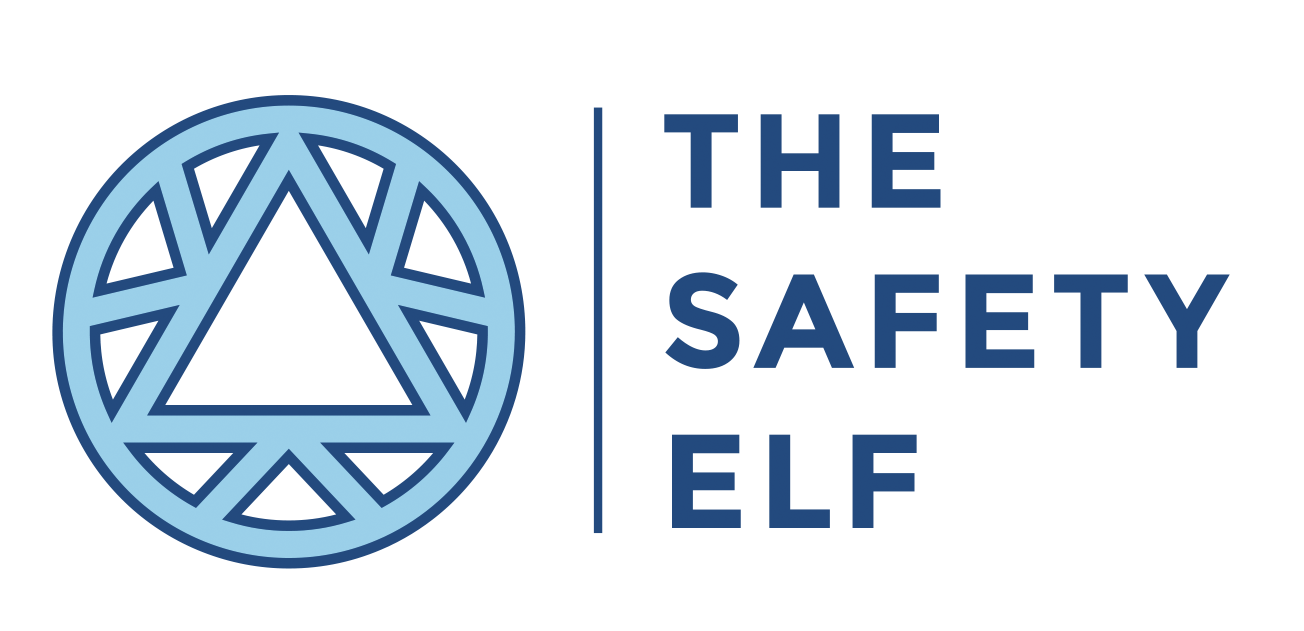5 things you didn't know about your spine
Our spine is really amazing! Do you ever think about how amazing it is? If the answer is no, here are five things you might not know about your spine.
Sitting hunched at your desk puts major pressure on your spine, the equivalent of 90kg on your lower back - yikes!
Our spine is very flexible. If you bend it as far as it can go it would form two-thirds of a circle. (Maybe don’t try this at home!)
The back is a complex structure of bones, joints, ligaments and muscles - there are 25 movable joints in the spine alone, and over 400 muscles, tendons and ligaments involved in support and movement.
Humans and giraffes have exactly the same number of bones in the neck – seven! The giraffe has a very flexible and versatile spinal structure!
The spine is very strong, it can handle hundreds of kilograms of pressure. This is good because even lying flat on your back with your knees elevated can put up to 11kg of pressure on your spine.
And yes it is true that humans tend to shrink as they age. After the age of 40, the average person shrinks as much as 8.4mm every ten years! Has that got you intrigued about how and why? Why not #AskElfy on Twitter?
Looking after your spine
It’s important to keep our spine and the supporting structures healthy by practising ‘neutral’ posture’ – a way of standing, sitting and moving that keeps your body supported and balanced, reducing stress on your body.
What is neutral posture?
Allow your head, neck and spine to be in a natural S-shape curve. You should feel as though someone is pulling a cord upwards from the top of your head so your vertebrae are stacked in alignment.
Feel that your shoulders are over your hips and allow your arms to hang down naturally from the shoulder.
Positive posture for desk and seated work
Keep your elbows in close to the side of your body, with a 90 degree bend at the elbows.
Forearms should be parallel to the desk surface with wrists in alignment – no kinks or bends in any direction.
The angle at hips and knees should be just greater than 90 degrees.
Shoulders and head square to monitor.
Keyboard centrally in front of your body.
Mouse accessible without stretching your arm or wrist out of neutral (or central to body if not using keyboard).
Where possible use your chair to do the hard work of supporting your upper body, so your muscles don’t have to!
Remember what neutral posture look and feels like, and try to apply it as much as you can wherever and whenever you can.
Did you know?
World Spine Day takes place annually on 16th October. World Spine Day has become a focus in raising awareness of back pain and other spinal issues. With health professionals, exercise and rehabilitation experts, public health advocates, school children and patients all taking part, World Spine Day will be celebrated on every continent.
Building movement into your working day
A healthy spine isn’t just about positive posture, we also need to move more - our bodies are designed for, and thrive on frequent movement. Use my free movement worksheet to reflect on how you can fit in more movement to your day.

